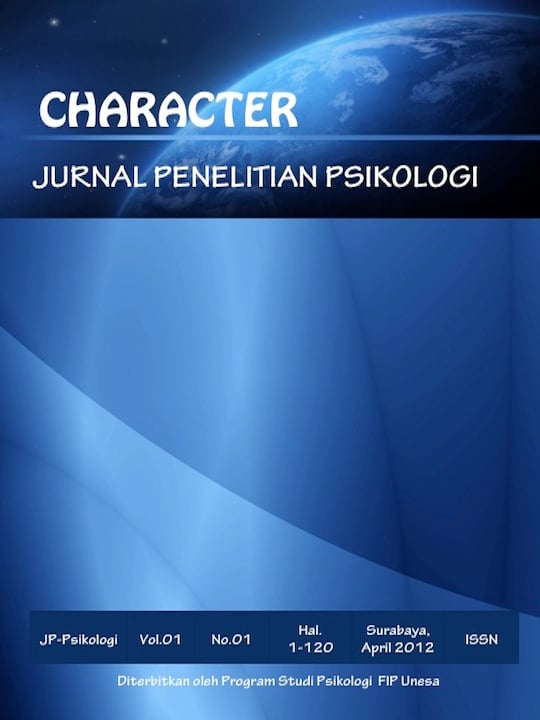The The Relationship Between Self-Concept and Assertive Behavior in Adolescents at Ar-Rudho Junior High School, East Jakarta
DOI:
https://doi.org/10.26740/cjpp.v10i1.53599Abstract
This study aims to determine the relationship between self-concept and assertive behavior in adolescents at Ar-Rudho Junior High School, East Jakarta. This study used a quantitative correlational method. The sample used in this study was all students in grades 7 to 9 totaling 156 people. The sampling technique used is random sampling. The data collection technique used in this study was a questionnaire using self-concept scale instruments and assertive behavior scales. The data analysis used in this study used the Pearson product-moment correlation test with the help of SPSS 25.0 software for Windows. The results of data analysis in this study showed a significance of 0.000 (p < 0.05), which is a relationship between self-concept and assertive behavior in adolescents. The value of the correlation coefficient that has been obtained of 0.704 (r = 0.704) can be interpreted as a relationship between self-concept and assertive behavior in adolescents, which has a potent category. That is, the higher the self-concept in adolescents, the higher the assertive behavior, and vice versa.
Downloads
Downloads
Published
How to Cite
Issue
Section
License
Authors who publish in this journal agree to the following terms:
Copyright in any article is held by the author.
The author grants the journal, publication rights with the work simultaneously licensed under a Creative Commons Attribution License that allows others to share the work with an acknowledgment of the work's authorship and initial publication in this journal.
Authors may enter into separate, additional contractual arrangements for the non-exclusive distribution of the journal's published version of the work (e.g., posting it to an institutional repository or publishing it in a book), with an acknowledgment of its initial publication in this journal.
Authors are permitted and encouraged to post their work online (e.g., in an institutional repository or on their website) prior to and during the submission process, as this can lead to productive exchanges, as well as earlier and greater citation of published work.
 Abstract views: 173
,
Abstract views: 173
, PDF Downloads: 326
PDF Downloads: 326





